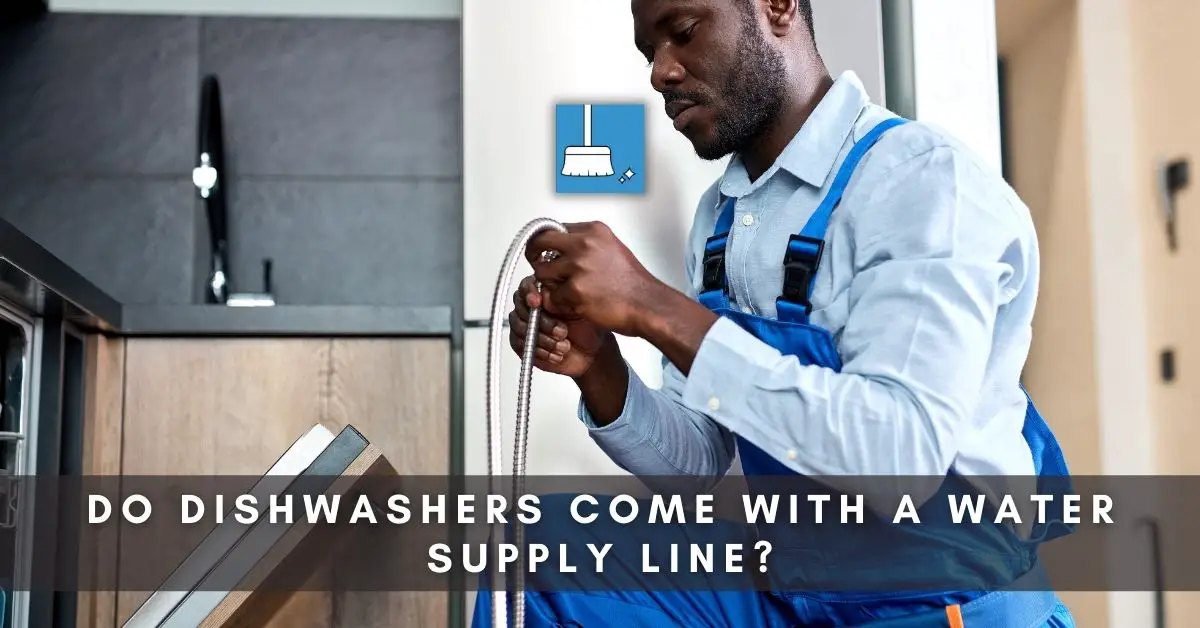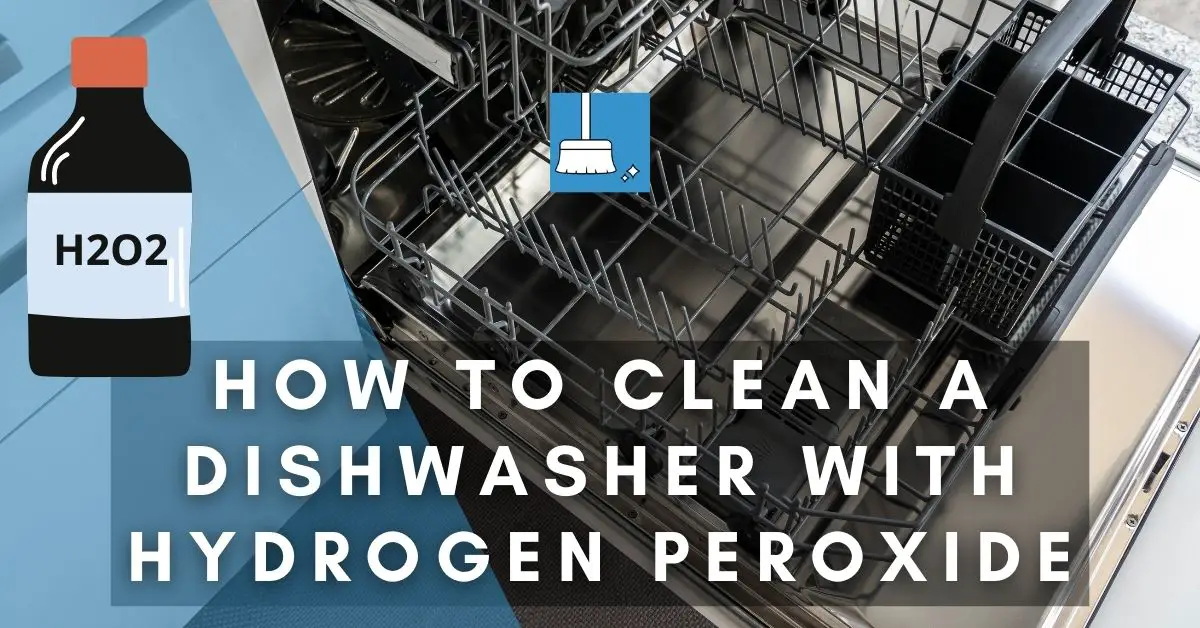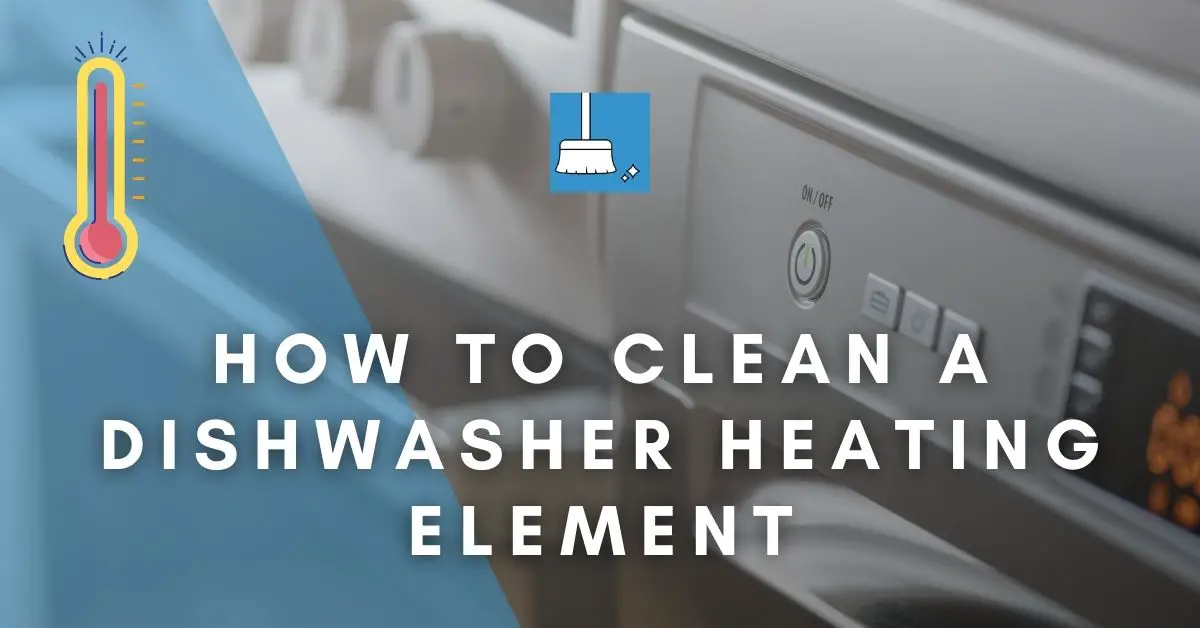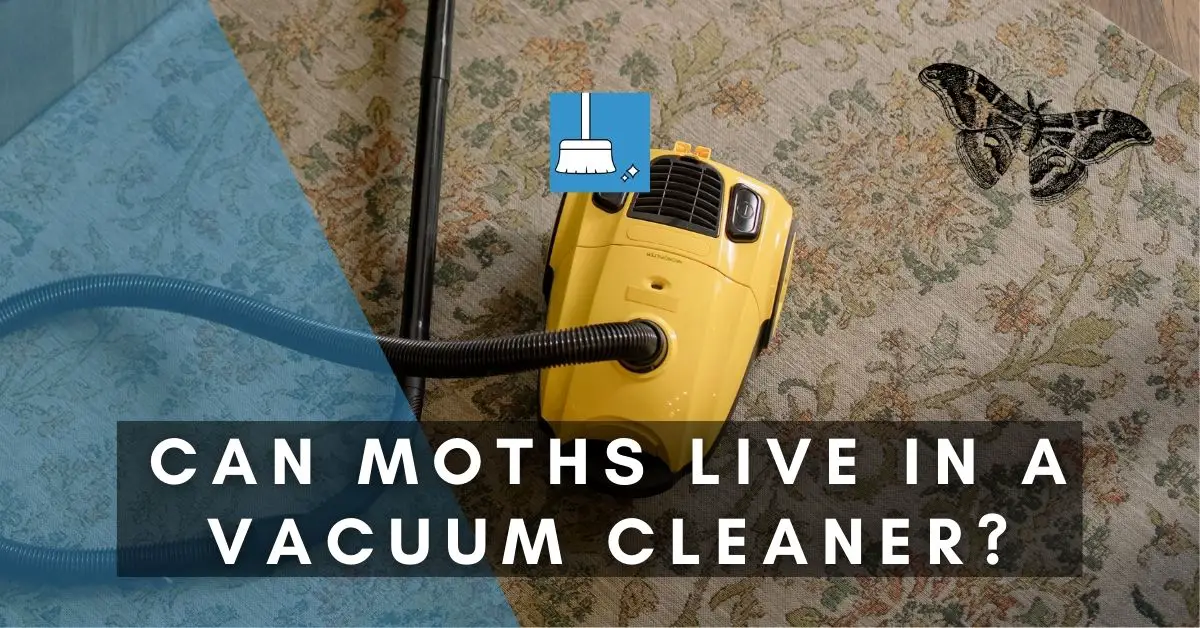New dishwashers can be difficult to install if all the necessary tools and materials are not available. Before buying a dishwasher you should know what materials come with it, and the ones you need to buy before it can be successfully installed. This helps you to be adequately prepared.
And since you know water supply lines are one of the most important tools for a successful dishwasher installation you are probably wondering if they come with dishwashers or if you need to get them separately.
We will be answering this question and other related ones that may be bothering your mind in detail, in this article. We will also explain all the connections that a dishwasher needs to run effectively and their functions.
Do Dishwashers Come with a Water Supply Line?
Dishwashers come with everything that you need to install them except a water supply line. You will only find drain lines that are about 6 feet long in them which are only useful for removing wastewater.
This is why you cannot successfully install a dishwasher without a dishwasher installation kit.
Except you are replacing your dishwasher and the water supply line you were using before is still in good condition. Though it’s always advisable to change it when you are installing a new dishwasher.
A dishwasher installation kit comes with a water supply hose and 90-degree connector which is connected to a water source. It could be hot or cold water. Water just has to get into the dishwasher to get your dishes clean. Hot water is always preferable.
Do All Dishwashers Need Installation Kits?
Generally, all dishwashers need installation kits, but this may not be true for all. This is because the new Bosch dishwashers being produced all come with a preconnected inlet hose, a power cord, and even a junction box to make installing your dishwasher so much easier.
We know that most dishwashers are hardwired and do not come with power cords. To change it to a plug-in, you would need to get a power cord kit.
But this is not the case with the new Bosch dishwashers, the power cords come with them. Inlet hoses do not need to be bought too, which makes them a great deal.
What Size Is a Dishwasher Water Supply Line?
Dishwasher water supply lines come in various lengths. So the length you go for depends on the space between your water source and where your dishwasher will be placed. The hose shouldn’t be too short or too long.
Most dishwashers also use a water supply line that has 3/8″ compression on both ends. Yours may be different especially if it’s an old model so check before buying a water supply line.
But most new ones fit this standard. On the end of the compression is also a 90-degree brass elbow fitting.
When shopping for a water supply line for your dishwasher, consider the stainless steel ones, as they are more durable.
How Many Water Lines Go to a Dishwasher?
Waterline is always used to refer to the water supply connection of the dishwasher and it is just one. But if we want to discuss all the connections that have to do with the water in a dishwasher, then we can say a dishwasher has two water lines.
The first would be the water supply line that enables water to go into the dishwasher to wash the dishes, and the other would be the drain line where the water used in the dishwasher passes through to the garbage disposal.
Some people connect their dishwasher to a hot water source through their water line and some connect their dishwasher to a cold water source.
To avoid leakage and water damage, pay attention to the connection of your water lines. Ensure your water supply line and drain line are well connected and always look out for spills when using your machine. It helps to minimize damage.
Dishwasher Water Supply Line – Hot or Cold?
It depends on the manufacturer and the model of the dishwasher but most dishwashers, especially in the US are designed to be connected to a hot water supply line. This is especially true for under-counter built-in dishwashers.
Never be tempted to connect your dishwasher to a cold water source as this will not produce the result you desire. The hot water cuts through grease and removes stuck foods on the dishes more efficiently. It also helps to sanitize the dishes.
We know that most dishwashers come with internal heating elements that heat the water that comes into the dishwashers before washing the dishes, but this doesn’t mean you should connect your dishwasher to the cold water supply line.
The heating element in your dishwasher is supposed to heat the incoming hot water until it gets to the temperature the dishwasher requires to wash your dishes efficiently.
If it is cold water that comes into your dishwasher, the heating element will work longer and harder to get this done which will weary it faster. It will also take time.
Old dishwashers don’t even have heating elements, so nothing heats the water once it gets into them. You can’t avoid connecting them to hot water supply lines unless you want to deal with dishes that aren’t well cleaned.
Before connecting your dishwasher to a hot water supply line, however, ensure the manual doesn’t say different.
Brands like Bosch and Beko recommend that their dishwashers be connected to a cold water supply line. Beko even says connecting their dishwasher to hot water can cause damage. So read your manual before setting up your dishwasher.
How to Connect a Dishwasher to a Water Supply? (Step by Step)
YOU’LL NEED
1- Water supply line kit
2- Player
STEPS
STEP 1- If there’s no hole drilled in the cabinet beside your dishwasher, where your water supply line can pass through to the sink then make one.
The hole should lead to your dishwasher on one side and lead to the space under your sink on the other side.
STEP 2- Open your water supply line kit. It should contain a hose and a 90-degree connector. Put one end of the hose through the hole in the cabinet and connect it to the water supply valve under the sink.
Ensure it’s the hot water supply valve. Use your fingertips to tighten it first, then use a plier. Avoid overtightening it, but let it be tight enough to avoid leaks.
STEP 3- Put your dishwasher on its back. You will see a small plastic hose mouth. This is where the other end of the inlet hose connects to.
Before connecting that end to your dishwasher, attach the 90-degree elbow fitting you found in the kit to it first.
STEP 4- Attach the smaller end of the elbow fitting to the inlet hose and tighten with your hand. Then use a plier to tighten it. Do not overtighten.
STEP 5- Now that you have attached the 90-degree elbow fitting to the inlet hose, you can now attach it to your dishwasher.
The other end of the 90-degree elbow fitting has a rubber inside it. Attach that part to the small plastic hose mouth at the back of the dishwasher.
Use your fingertips first, then use a plier to make it tighter. Remember the hose mouth is plastic, don’t tighten too much so it doesn’t break or shed.
STEP 6- Now you are done. You should check for leaks. Put the dishwasher on its feet, and turn on the water supply.
Watch for leaks and tighten that area again to stop the leakage. Once that is done, you have successfully connected your dishwasher to a water supply line.
What Connections Come with a Dishwasher?
Three connections come with a dishwasher or better said a dishwasher needs three connections. They are the power connection, water supply line connection, and drain line connection.
The power connection of a dishwasher enables it to draw power from electricity and enables it to function. The dishwasher can either be hardwired to electricity in the wall or used as a plug-in.
This means a power cord is attached to the dishwasher and an outlet is made with a receptacle, which the power cord plugs into.
The water supply line connection is what allows the dishwasher to draw water from the water source in the house. In the former heading, we explained how this can be done easily, with the right tools.
The drain line connection enables the dishwasher to dispose of the wastewater that remains after a wash cycle. This is usually connected to the garbage disposal under the sink.
Conclusion!
Dishwashers do not come with water supply lines but they can be easily bought. You can get them in physical stores around you or in online stores if that’s more convenient.
The water supply line comes in different lengths, from different brands and contains an inlet hose with a 90-degree connector.
We have explained in detail how you can successfully connect your dishwasher to a water supply source in the home using this water supply line. We have also discussed the standard size of water supply lines so you can choose the appropriate one for your dishwasher.






Pingback: Can You Put A Dishwasher Against A Wall? (Location Rules!) »
Pingback: Do I Need A Dishwasher Installation Kit? (Easy DIY Steps!) »